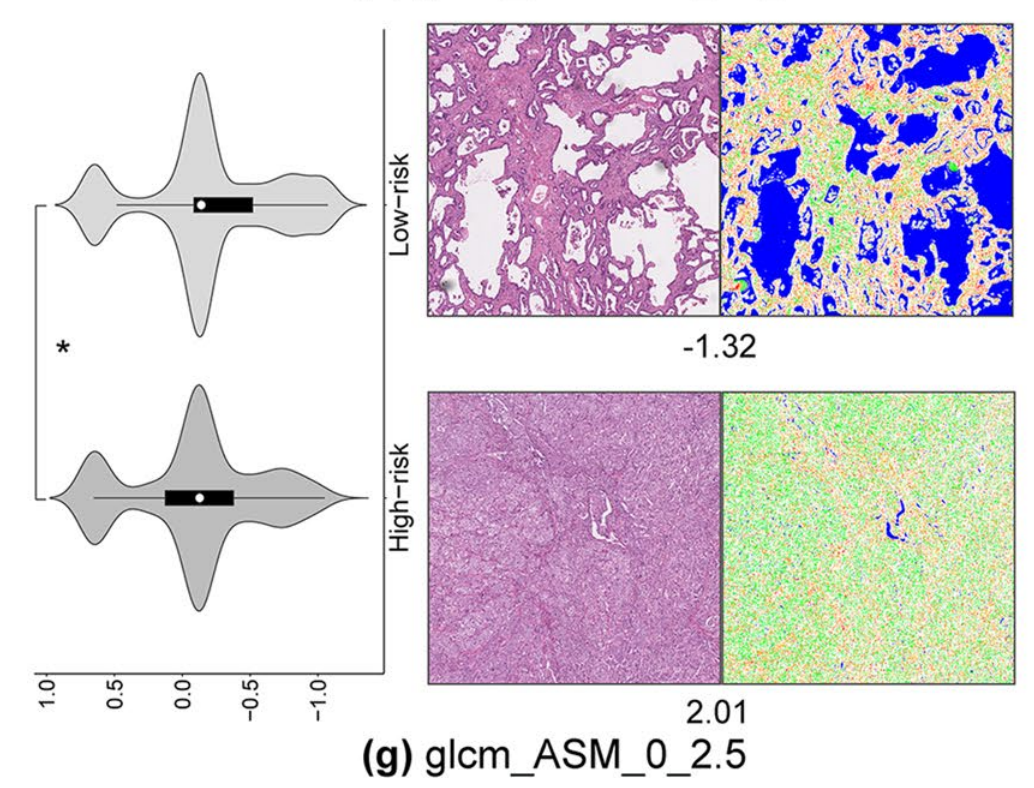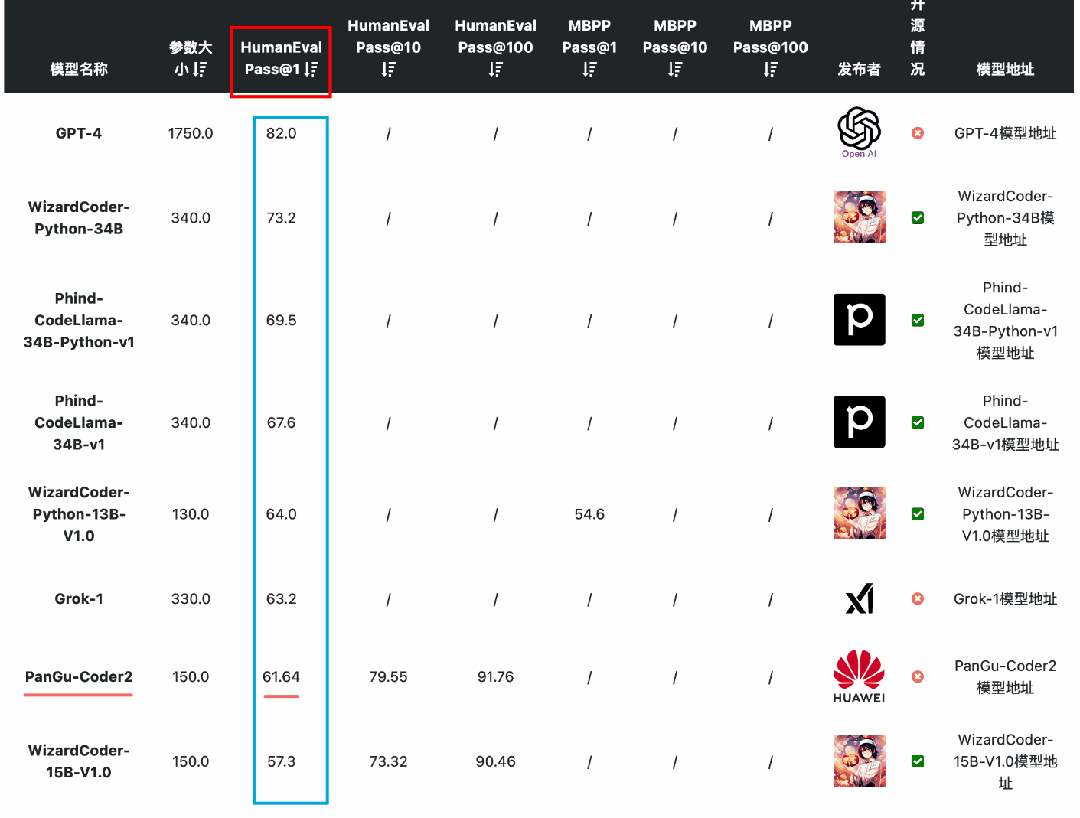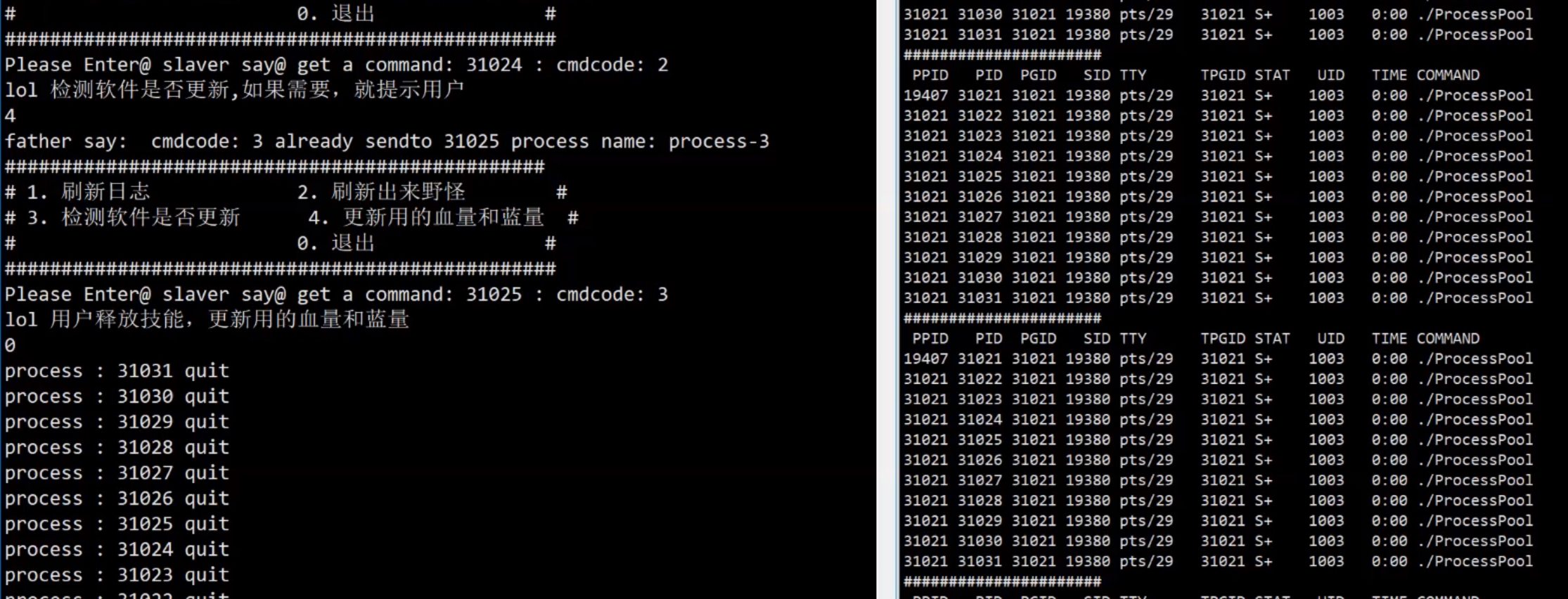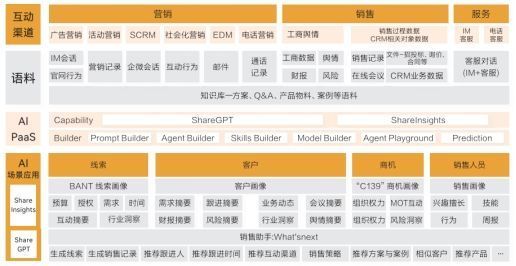一、检查并配置python环境(python2内置)
1、检测是否安装
[root@localhost ~]# yum list installed| grep python
[root@localhost ~]# yum -y install epel-release
2、安装python3
[root@localhost ~]# yum -y install python3
最新版3.12可以使用源码安装
3、查看安装版本
[root@localhost ~]# python3 --version
Python 3.6.8
4、开发工具
安装自带的idea
pycharm(付费)
anaconda (专门做数据分析)
5、修改pip镜像为清华
[root@localhost ~]# pip3 install -i https://pypi.tuna.tsinghua.edu.cn/simple/ some-package
二、数据类型和变量
三大数据类型
字符:字符串
str
数值:整数 浮点型
int
float
逻辑 :True False
进入python的编辑状态
[root@localhost ~]# python3
>>> print("hello world") hello world >>> a=3 >>> b="abc" >>> type(a) <class 'int'> >>> type(b) <class 'str'> >>> flag=True 逻辑类型 >>> print(flag); True >>> print(1==1); True >>> print(1!=1); False >>> b='abcder'; >>> b 'abcder' >>> type(b) 字符类型 <type 'str'> >>> c=3 >>> c 3 >>> type(c) 整数型 <type 'int'> >>> d=3.14 >>> d 3.14 >>> type(d) 浮点型 <type 'float'>
三、数据集合
最终的计算是在python内存中计算的,必须要有指定内存空间保存数据,这些内存空间其实就是变量,使用数据集合批量管理内存空间
1、列表 list
(java中数组和list的合体):使用最广泛的数据集合工具,当有多个数据需要管理,可以定义一个列表
(1)管理列表
python为开发提供了丰富的使用手册
help(lista) 通过上下方向键,enter,space键来翻阅信息,使用q退出查看,more less
创建列表
lista=[]
listc=[1,2,3]
修改列表
追加元素
lista.append(item) 在所有元素之后添加元素
插入元素
listb.insert(pos,item)在pos之前插入item
删除元素remove pop
list.pop()删除list中的最后一个元素
list.remove(list[index])删除序号为index的元素
修改元素
list[index]=newvalue
del list>>> name1="张三"
>>> name2="李四"
>>> name3="王五"
>>> print(name1,name2,name3)
张三 李四 王五
>>> lista=["张三","包丽婷","包丽婷的男朋友是我嘿嘿"]
>>> type(lista)
<class 'list'>
>>> print(lista)
['张三', '包丽婷', '包丽婷的男朋友是我嘿嘿']
>>> listb=["tom","jerry"]
>>> listb
['tom', 'jerry']
>>> listb.append("tomcat") #添加元素
>>> listb
['tom', 'jerry', 'tomcat']
>>> listb.insert(1,"cat") #在第二个元素的前面添加元素
>>> listb
['tom', 'cat', 'jerry', 'tomcat']
>>> listb.pop() #删除(当在列表中删除或者修改一个元素的时候,列表会返回新的列表)
'tomcat'
>>> listb
['tom', 'cat', 'jerry']
>>> listb.remove('cat') #指定元素删除
>>> listb
['tom', 'jerry']
>>> listb[0]
'tom'
>>> listb[2] #下标越界
Traceback (most recent call last):
File "<stdin>", line 1, in <module>
IndexError: list index out of range
>>> listb.remove(listb[0]) #删除第一个元素
>>> listb
['jerry']
2、 字典
(1)dict
(2)dirctionary
(3)key-value,键值对
(4){"name":"张三","age":"10"}
(5)键:值
{
"from":"me",
"to":"you",
"message":"你出发了吗",
"time":"2024-7-8 9:00",
"user":{
"username":"abc",
"password":"abc"
}
}
3、 元组
>>> tup10=(1,2,3,4)
>>> tup10
(1, 2, 3, 4)
>>> tup10[0]
1
>>> tup10[3]
4
>>> tup10[1]=666 #不支持修改
Traceback (most recent call last):
File "<stdin>", line 1, in <module>
TypeError: 'tuple' object does not support item assignment
>>> list(tup10)
[1, 2, 3, 4]
>>> aa=list(tup10) #变成列表可以修改
>>> aa
[1, 2, 3, 4] #列表
>>> tuple(aa)
(1, 2, 3, 4) #元组
>>> dict={"a":1,"b":2,"c":3}
#list()可以把dict的key生成一个列表
>>> dict
{'a': 1, 'b': 2, 'c': 3}
>>> dict.keys()
dict_keys(['a', 'b', 'c'])
>>> dict.items()
dict_items([('a', 1), ('b', 2), ('c', 3)])
#list可以把tupl变成列表
#tupl可以把dic和list变成元组
>>> list(dict)
['a', 'b', 'c']四、选择语句和循环语句
1、选择语句
(1)必须缩进
(2)if
>>> a=3
>>> b=4
>>>
[1]+ 已停止 python3 #Ctrl+z退出
[root@localhost ~]# fg #fg回去
python3
>>> a
3
>>> b
4
if condition0:
statement0
if condition1:
block1
else:
block2
else:
statement1[root@localhost ~]# vim py001.py
[root@localhost ~]# python3 py001.py #必须缩进
File "py001.py", line 2
print("I`am true")
^
IndentationError: expected an indented block
[root@localhost ~]# vim py001.py
[root@localhost ~]# python3 py001.py
I`am true>>> if True: ... print("I`am true") File "<stdin>", line 2 print("I`am true") ^ IndentationError: expected an indented block >>> if True: ... print("I`am true") ... else: ... print("I`am false") ... I`am true
(3)if多分枝
if condition0:
block0
elif condition1:
block1
elif condition2:
block1
...
else:
block2>>> n=58 >>> if n>90: ... print("优秀") ... elif n>80: ... print("良好") ... elif n>70: ... print("中等") ... elif n>60: ... print("及格") ... else: ... print("不及格") ... 不及格[root@localhost ~]# vim py002.py
[root@localhost ~]# python3 py002.py
随机分数为: 67
及格[root@localhost ~]# vim py003.py
[root@localhost ~]# python3 py003.py
随机数为: 77
中等
(4)switch
2、循环语句
(1)for
for var in list:
print(var)
for i in range(101): #0-100
n=n+i
print(n) #1-100数字累加
在列表中循环
for var in ["a","b","c"]:
print(var)
在字典中遍历
d={"id":1001,"name":"张三","age":19}
for var in d:
print(d) #将d这个字典中的key都输出
print(d[var]) #根据key返回对应的value的值
for var in d.values():
print(var)
print(d[var])
for var in d.keys():
print(var)
在元组中遍历
tup10=("a","b","v")
for var in tup10:
print(var)[root@localhost ~]# vim py004.py

[root@localhost ~]# python3 py004.py
5050[root@localhost ~]# python -m pdb py004.py
> /root/py004.py(1)<module>()
-> n=0
(Pdb)
(Pdb) n
> /root/py004.py(2)<module>()
-> for i in range(101):
(Pdb) n
> /root/py004.py(3)<module>()
-> n=n+i
(Pdb) n
> /root/py004.py(2)<module>()
-> for i in range(101):
(Pdb) n
> /root/py004.py(3)<module>()
-> n=n+i
1.1在列表中遍历
>>> for var in ["a","b","c"]:
... print(var)
...
a
b
c
>>> a=["e","f","g"]
>>> for var in a:
... print(var)
...
e
f
g1.2在字典中循环遍历
>>> d={"id":1001,"name":"张三","age":18,"gender":"男"}
>>> for var in d:
... print (var)
...
id
name
age
gender
>>> for var in d:
... print (var,"-",d[var])
...
id - 1001
name - 张三
age - 18
gender - 男
>>> for var in d.values():
... print(var)
...
1001
张三
18
男
1.3在元组里面遍历
>>> tup10=("a","b","e")
>>> for var in tup10:
... print (var)
...
a
b
e3、 案例(0-100之间可以被7整除的数)
>>> b=list(range(101))
>>> b
[0, 1, 2, 3, 4, 5, 6, 7, 8, 9, 10, 11, 12, 13, 14, 15, 16, 17, 18, 19, 20, 21, 22, 23, 24, 25, 26, 27, 28, 29, 30, 31, 32, 33, 34, 35, 36, 37, 38, 39, 40, 41, 42, 43, 44, 45, 46, 47, 48, 49, 50, 51, 52, 53, 54, 55, 56, 57, 58, 59, 60, 61, 62, 63, 64, 65, 66, 67, 68, 69, 70, 71, 72, 73, 74, 75, 76, 77, 78, 79, 80, 81, 82, 83, 84, 85, 86, 87, 88, 89, 90, 91, 92, 93, 94, 95, 96, 97, 98, 99, 100]
>>> for i in b:
... if i%7==0:
... print (i,"可以被7整除")
...
...
0 可以被7整除
7 可以被7整除
14 可以被7整除
21 可以被7整除
28 可以被7整除
35 可以被7整除
42 可以被7整除
49 可以被7整除
56 可以被7整除
63 可以被7整除
70 可以被7整除
77 可以被7整除
84 可以被7整除
91 可以被7整除
98 可以被7整除(2)while
while condition:
block
#continue,break; 也可以应用于for>>> n=0
>>> i=1
>>> while i<101:
... n+=i
... i+=1
...
>>> n
5050
>>> i=1
>>> n=0
>>> while True: #死循环
... print (i)
>>> while True:
... print("abc")
... break
...
abc
>>> while True:
... print("abc")
... continue #一直循环输出abc
>>> i=1
>>> while True:
... if i==3:
... continue #一直循环但不输出内容
... print(i)
... i+=1
...
1
2
#卡住




















